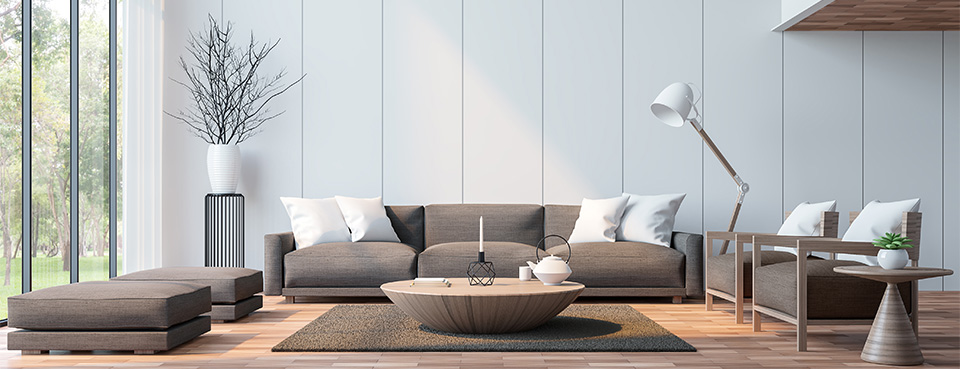Feature macros
Automate something simple.
Turn on the light in the living room when you get home. Then in the kitchen. Then start the chill-out playlist at volume 20.
If you do this every day, it would be nice to do it all at the touch of a button. And you can do this by setting up macros in trivum that perform several steps at once.
 |
What problem do macros solve?Macros are helpful for the extended individualization of a trivum solution. They make it possible to define a sequence of several actions as one action (i.e. macro) and then call it up or trigger it via KNX, for example |
 |
How does trivum implement macros?trivum defines macros as a sequence of macro steps that can be any action:
|
 |
What are the advantages of macros?Macros increase the flexibility of the trivum systems and also enable the control of devices in the network thanks to TCP, UDP or MQTT. Macros therefore extend the possibilities of automating a trivum installation. |
 |
How can you customize macros?trivum supports up to 128 macros with up to 32 MacroSteps each. The name can be changed for each macro and the various MacroSteps can be created. The order of the MacroSteps can be changed afterwards and individual MacroSteps can also be deleted. Different properties can be changed depending on the MacroStep:
|
 |
What restrictions do macros have?
|






